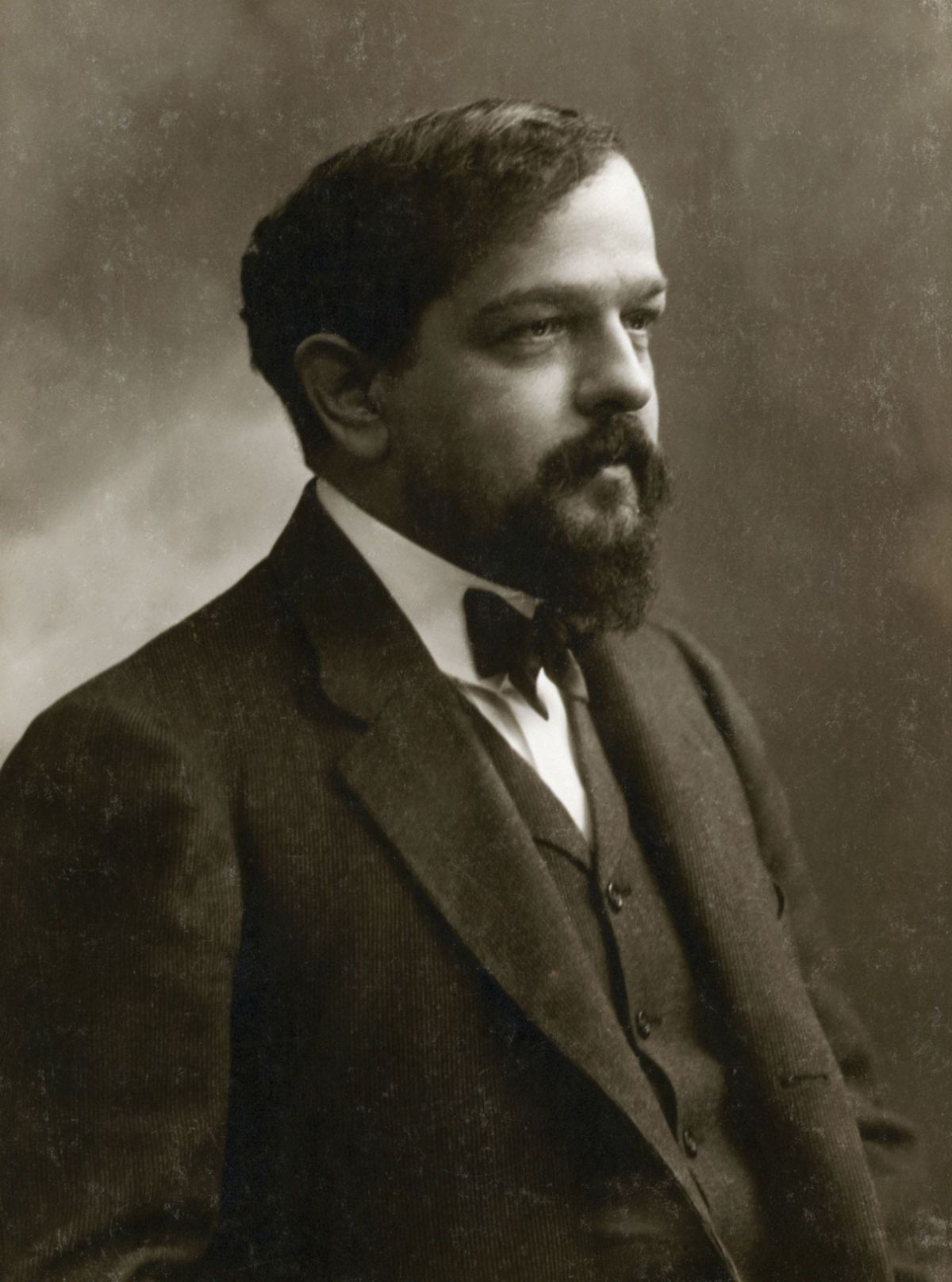 |
| The only known photograph of Frédéric Chopin, often incorrectly described as a daguerreotype Photo credit: Wikipedia) |
Music in XIX century (1825-1900)
Music in this century belonged to the romantic era music. The cultivation of music in this period was marked by the expression, timbre, and melodies that departed from the works of Beethoven. Composers of this time worked on the composition based on personal experience and sense of nationalism. Poetry could also be one of "raw materials" of the composition making.
In this period, the composer were said to reach a level of virtuoso, meaning a level that indicated that a composer was very skilled in playing musical instruments. Composer has already considered the aspects of the sound and the effects that were generated by the techniques of playing instrument.
In this time, the revolutionary changes happened. The changes were made by Richard Wagner. He combined the elements of music, poetry, and scenarios by using leitmotif technique, namely the technique of using motif or musical theme on both character and part of opera story.
The instruments used in this period were much more diverse. Melody grew longer, more dramatic and emotional. Tempo was also more extreme in which mostly used tempo rubato (freedom).
The famous composers in this time were Franz Schubert, Fanny Mendelssohn Hensel, Felix Mendelssohn, Frederic Chopin, Robert Schumann, Franz Liszt, Giuseppe Verdi, Johannes Brahms, Peter Ilich Tchaikovsky, and Richard Strauss.
 |
| Photograph of Claude Debussy (Photo credit: Wikipedia) |
Music in XX century (1900s)
Around 1900, there was a reaction against romantic music. This reaction was expressed in the group of impressionism that was pioneered by Claude Debussy and Maurice Ravel. Debussy was "in rebellion" with the romantic music in German by using the melody and harmony which had a new quality system based on whole-tone scales (the interval scale was 1).
Music of this century was called impressionist era. There was atonal expressionism music, namely music without the basic tone but full of expression. The melody movement flew with strange and expressive rhythmic. Many people consider it like notes without meaning.
In this time, all forms and types of noise were allowed. Rhythmic could be very complex and sounded strange but expressive. In addition, composition could vary widely because it was the result of improvisation and change.
The composers of this era were Maurice Ravel, Claude Debussy, Arnold Schoenberg, Scott Joplin, and Charles Ives.
Contemporary Music
The birth of record and radio media created the new markets for classical music and romantic music. Music of this period was known as the music of contemporary era. The typical music of this era was similar to the impressionist era. Its composers were Bela Bartok, Zoltan Kodaly, Olivier Messiaen, Luigi Dallapicolla, and Luciano Berio.
Article Source: EzineArticles |

No comments:
Post a Comment